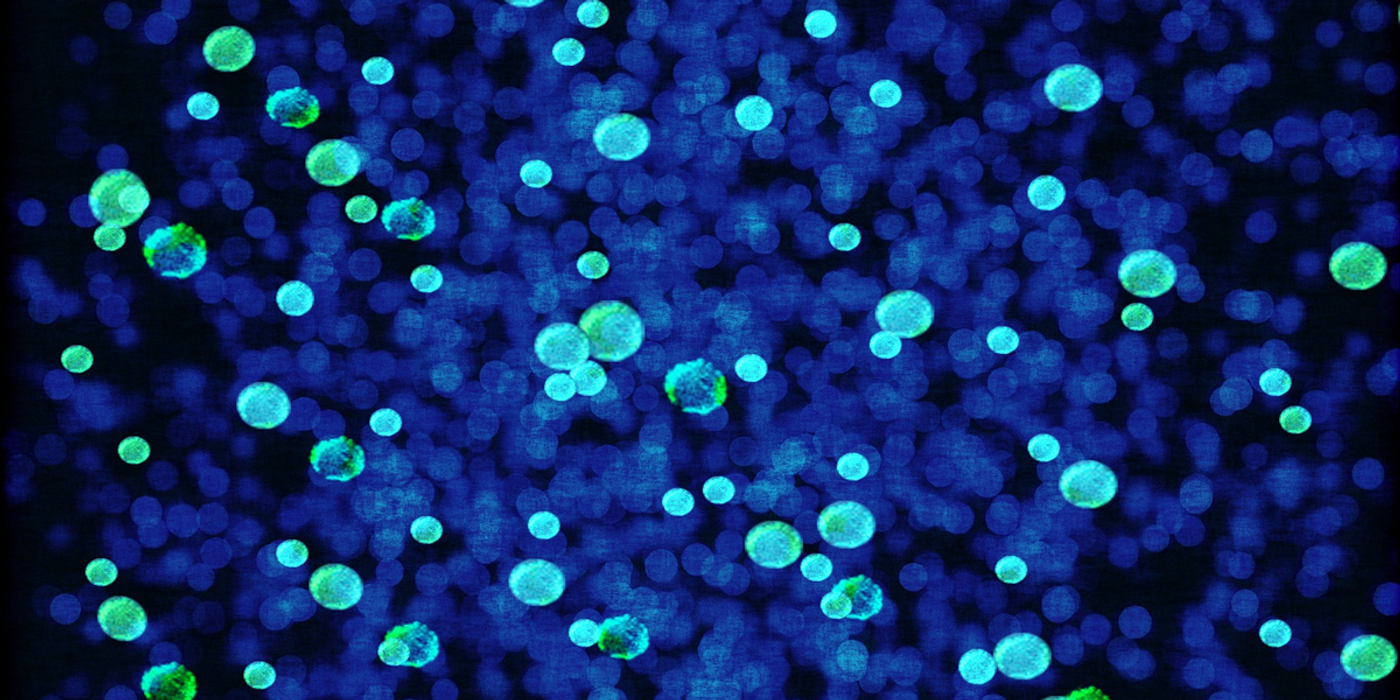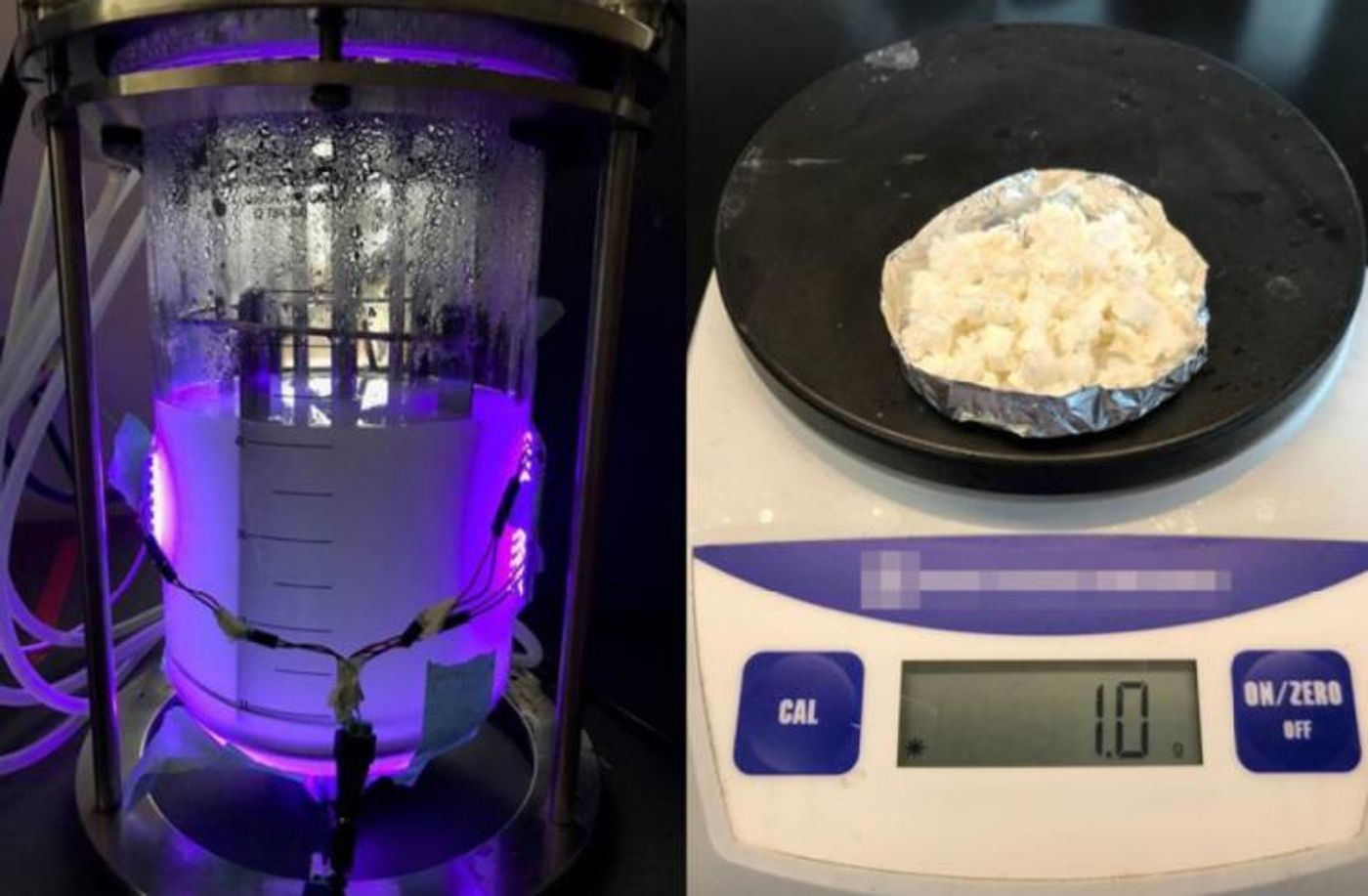Hybrid Microorganisms Turn CO2 to Eco-plastics and Biofuels
The humankind has been taking advantage of the metabolic mechanism of microbes to produce useful materials, anything from alcohols to antibodies.
A group of researchers at the University of Colorado at Boulder (CU Boulder) have developed a way to manipulate bacteria so that they can produce biofuel and degradable bioplastics using airborne carbon dioxide (CO2), water vapor, and nitrogen, in a light-driven biochemical reaction. This research, albeit still in its early phase, can help combat climate change by reducing CO2 and produce carbon neutral products at the same time.
Carbon sequestration is the long-term storage of carbon dioxide in a physical or chemical process, in order to stop or delay the accumulation of greenhouse gas. For example, planting trees is a traditional form of carbon sequestration, but it is not efficient, and there is no immediate economic benefit in the process.
Industrial researchers have been looking for ways to produce fuel-like products and rapidly pull CO2 from the atmosphere at the same time. Earlier this year, scientists at the Karlsruhe Institute of Technology (KIT) and University of Toronto (UofT) studied and verified the feasibility of using existing ventilation and air conditioning system to produce "crowd oil", a synthetic hydrocarbons fuel. Their process requires only CO2, water vapor, and thermal energy, all of which can be harvested from air vents.
The CU Boulder researchers went in from a microbiological angle. They had bacteria absorb different types of quantum dots (QDs), which were coupled with specific production enzymes inside the bacteria. Since QDs, which are tiny semiconductor particles, have different excitation wavelength ranging from ultraviolet to near-infrared, they can utilize photonic energy to drive the production enzymes, which in term turn CO2, water, and nitrogen into fuels molecules such as isopropanol (IPA), 2,3-butanediol (BDO), C11-C15 methyl ketones (MKs), and hydrogen (H2), as well as other small chemical molecules and polyhydroxybutyrate (PHB), a degradable plastic.
“The innovation is a testament to the power of biochemical processes,” said Prashant Nagpal, the principal investigator behind the research and a biochemist at CU Boulder in a press release.
“We’re looking at a technique that could improve CO2 capture to combat climate change and one day even potentially replace carbon-intensive manufacturing for plastics and fuels,” he added.
Although the conversion process would still need improvement and the research won't find any practical use any time soon, admitted Nagpal, but using hybrid microbes as tiny solar-powered factories could inspire more similar environmentally friendly community based-projects.
This research has been accepted for publication in the Journal of the American Chemical Society.
Interested in finding out more about the science of engineering biological systems to create carbon-neutral products for a range of applications? Check out this video from iBiology Techniques
Synthetic Biology: Engineering Microbes to Solve Global Challenges - Jay Keasling (iBiology Techniques)
Source: Science Daily










